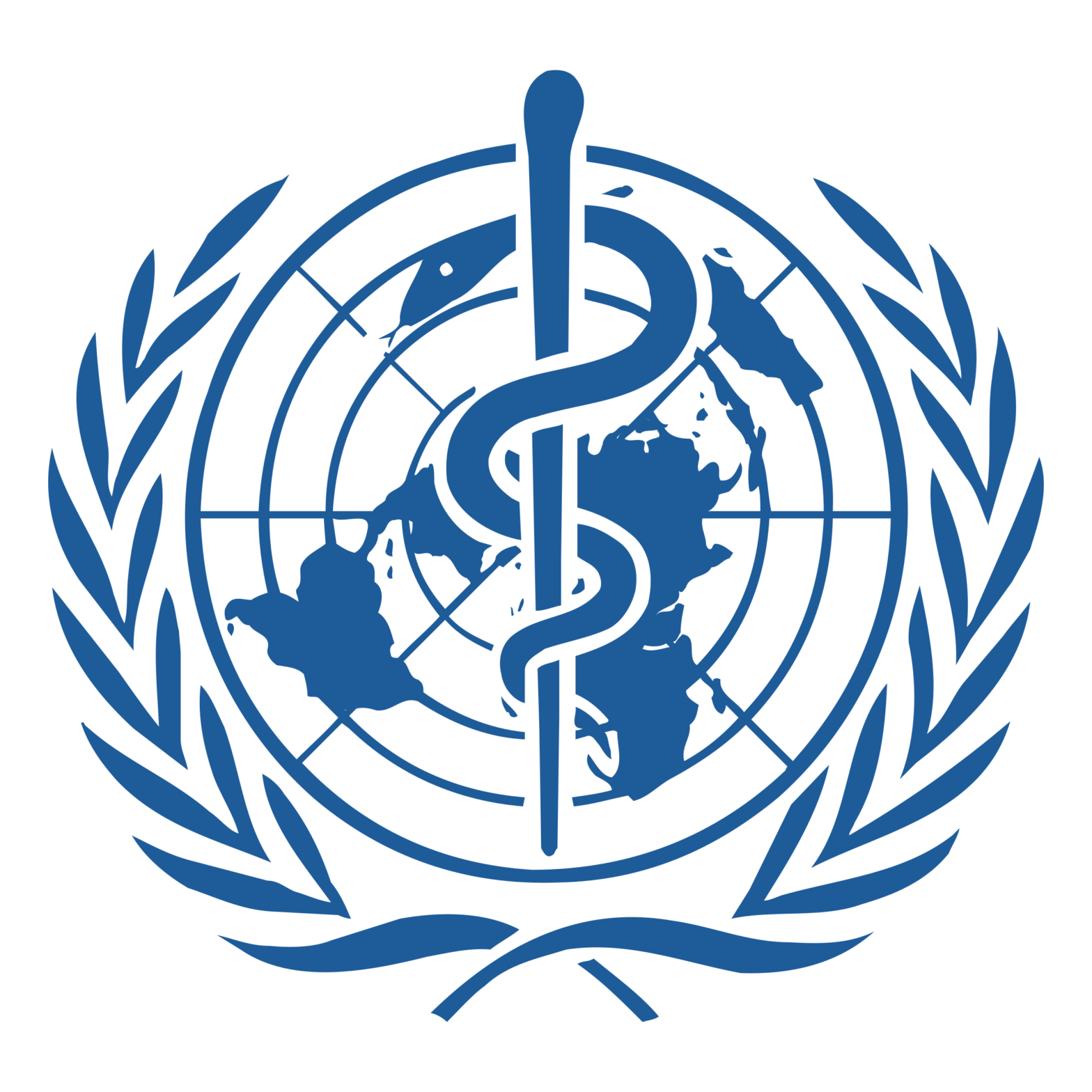Previously:
In any crisis, leaders have two equally important responsibilities: solve the immediate problem and keep it from happening again. The Covid-19 pandemic is a case in point. We need to save lives now while also improving the way we respond to outbreaks in general. The first point is more pressing, but the second has crucial long-term consequences.
The long-term challenge — improving our ability to respond to outbreaks — isn’t new. Global health experts have been saying for years that another pandemic whose speed and severity rivaled those of the 1918 influenza epidemic was a matter not of if but of when.1 The Bill and Melinda Gates Foundation has committed substantial resources in recent years to helping the world prepare for such a scenario.
Now we also face an immediate crisis. In the past week, Covid-19 has started behaving a lot like the once-in-a-century pathogen we’ve been worried about. I hope it’s not that bad, but we should assume it will be until we know otherwise.
There are two reasons that Covid-19 is such a threat. First, it can kill healthy adults in addition to elderly people with existing health problems. The data so far suggest that the virus has a case fatality risk around 1%; this rate would make it many times more severe than typical seasonal influenza, putting it somewhere between the 1957 influenza pandemic (0.6%) and the 1918 influenza pandemic (2%).2
Second, Covid-19 is transmitted quite efficiently. The average infected person spreads the disease to two or three others — an exponential rate of increase. There is also strong evidence that it can be transmitted by people who are just mildly ill or even presymptomatic.3 That means Covid-19 will be much harder to contain than the Middle East respiratory syndrome or severe acute respiratory syndrome (SARS), which were spread much less efficiently and only by symptomatic people. In fact, Covid-19 has already caused 10 times as many cases as SARS in a quarter of the time.
nejm.org/doi/full/10.1056/NEJMp2003762
“The greatest shortcoming of the human race is our inability to understand the exponential function.”
Physicist Albert Allen Bartlett
businessinsider.com/coronavirus-community-spread-us-health-systems-tested-2020-2?op=1
The US’s newest coronavirus patient had no known exposure to anyone sick and hadn’t gone to China, which suggests containment might be impossible
who.int/emergencies/diseases/novel-coronavirus-2019/advice-for-public
Wash your hands frequently
Regularly and thoroughly clean your hands with an alcohol-based hand rub or wash them with soap and water.
Why? Washing your hands with soap and water or using alcohol-based hand rub kills viruses that may be on your hands.
cdc.gov/handwashing/when-how-handwashing.html
Follow these five steps every time.
1. Wet your hands with clean, running water (warm or cold), turn off the tap, and apply soap.
2. Lather your hands by rubbing them together with the soap. Lather the backs of your hands, between your fingers, and under your nails.
3. Scrub your hands for at least 20 seconds. Need a timer? Hum the “Happy Birthday” song from beginning to end twice.
4. Rinse your hands well under clean, running water.
5. Dry your hands using a clean towel or air dry them.
Maintain social distancing
Maintain at least 2 metres (6 feet) distance between yourself and anyone else.
Why? When someone coughs or sneezes they spray small liquid droplets from their nose or mouth which may contain virus. If you are too close, you can breathe in the droplets, including the COVID-19 virus if the person coughing has the disease.
Matt’s Note: While not currently known for certain, it is thought that it is also possible to pick up the virus from aerosolized particles that are emitted during breathing or speaking as well. These particles can also linger in the air after an infected person has left.
In addition, social distancing is important even amongst seemingly healthy people due the presence of asymptomatic carriers that can likely also pass on the virus via aerosols emitted during breathing or speaking.
Avoid touching eyes, nose and mouth
Why? Hands touch many surfaces and can pick up viruses. Once contaminated, hands can transfer the virus to your eyes, nose or mouth. From there, the virus can enter your body and can make you sick.
Practice respiratory hygiene
Make sure you, and the people around you, follow good respiratory hygiene. This means covering your mouth and nose with your bent elbow or tissue when you cough or sneeze. Then dispose of the used tissue immediately.
Why? Droplets spread virus. By following good respiratory hygiene you protect the people around you from viruses such as cold, flu and COVID-19.
…
2020-06-29 Matt’s Note:
Please also refer to more recent official public health releases, including details on the risks of aerosolized respiratory transmission, i.e. “Sharing the same air” in enclosed spaces.
Matt’s thoughts:
Covid-19 is no picnic (i.e. “a worse version of the flu”). Communities should make reasonable and proactive preparations accordingly.
Germs that jump species such as Covid-19 can be serious because they take a harder toll on the immune system of humans than that of the species the virus originated in:
Anyone doubting the seriousness of a potential pandemic need look no further than the 1918 Spanish Flu:
In the U.S., about 28% of the population of 105 million became infected, and 500,000 to 675,000 died (0.48 to 0.64 percent of the population)
flu.gov/pandemic/history/1918/
![]()


